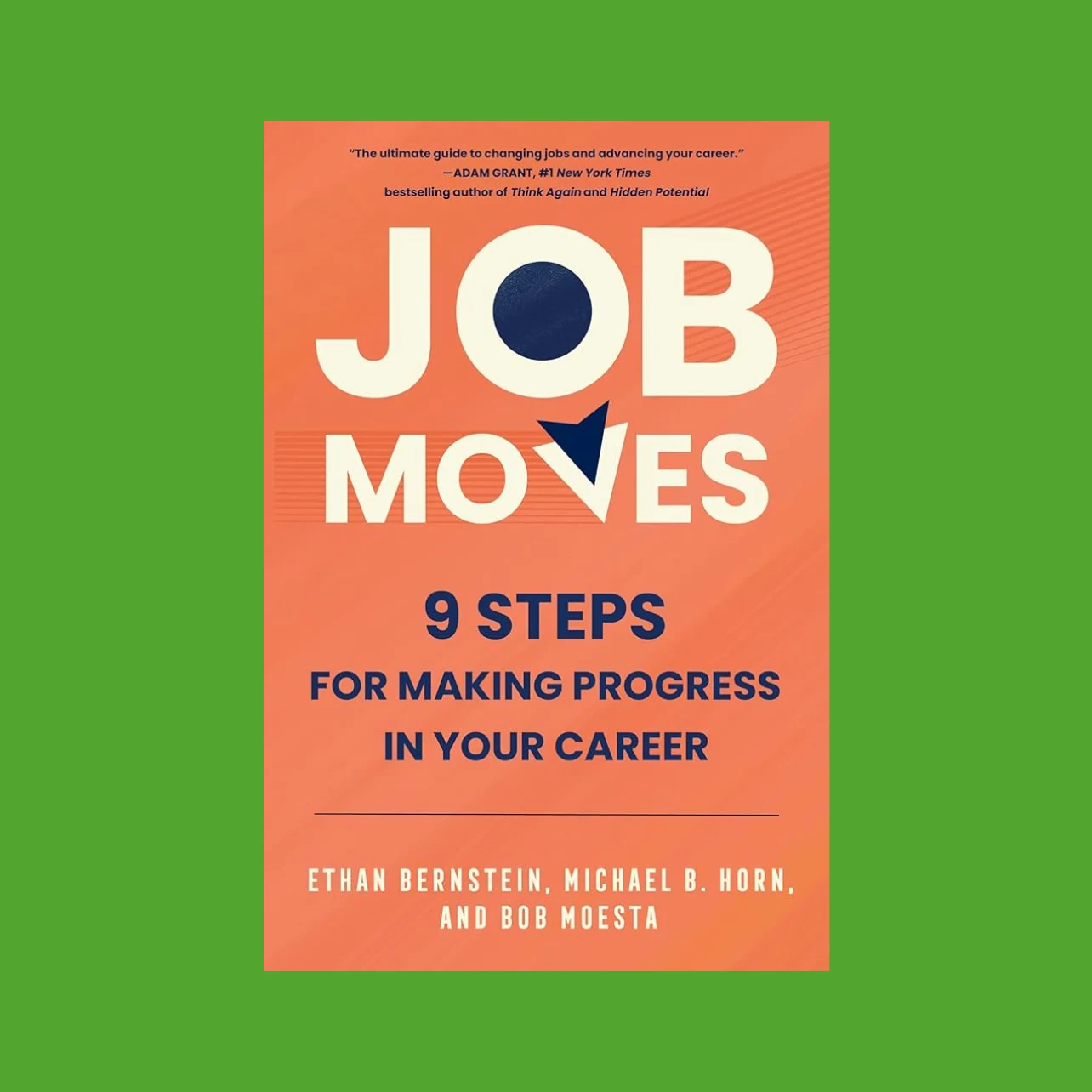Adapted from Job Moves: 9 Steps For Making Progress In Your Career, by Ethan Bernstein, Michael B. Horn, and Bob Moesta, published Nov. 19, 2024 by Harper Business.
When people switch jobs, many attribute their new role to luck (“It’s who you know!”) or a numbers game (“One of those applications was bound to pan out!”). Our research suggests they’re giving chance much more credit than it deserves. Switching jobs isn’t random or independent from the experiences you’ve had in the past.
The status quo isn’t working anymore, or something else appears more desirable.
We’ve actually seen a consistent timeline play out over and over when people are looking for a new job. It’s similar to the timeline that they follow when they purchase products and services to make progress in their life. It’s generally subconscious, but it’s not random.
The switching timeline starts with a first thought that something about the present situation isn’t as good as it could be. You need to make progress for some reason. The status quo isn’t working anymore, or something else appears more desirable.
You then move into a passive looking phase, where you’re not putting real energy into searching for something new but are noticing options you didn’t see previously. That “fluke” conversation with someone who mentioned that their friend had a job opening on her team? You might not have picked up on that detail if you weren’t passively looking. But once you are in that phase, you hear and pay attention to those sorts of things with greater frequency.
As you’re passively looking, something happens that makes you say, “It’s time to take action.” Maybe your company laid off a bunch of people and handled it poorly. Or someone close to you died and you started to reassess what was important to you. This event tends to be a wake-up call, but it isn’t always negative. For instance, you might take a course or attend a conference where you learn about new opportunities.
Now you’re in active looking mode. Whereas before you simply had your antennae up, now you are spending energy and time on finding something new. You might update your LinkedIn page, quietly let friends know you’re on the market, network with former colleagues, search for openings on job sites, and apply for some roles. This phase feels like job shopping. There are endless possibilities with blue skies all around you. You don’t feel the need to wrestle with trade-offs yet.
Of course, you won’t necessarily be happier after making a change.
Although this timeline isn’t strictly linear—the transition between passive and active looking can be fluid and fuzzy as you might move back and forth several times, for example—what propels you forward is a second event that makes you realize the clock is ticking. Perhaps a big life milestone is approaching, or you must decide about a job offer by a certain date. Whatever it is, that event triggers a go or no-go decision: to switch or keep looking. If you take a new job (that is, you “hire” what the employer has to offer in the marketplace), you then start “consuming” it like a product as you begin doing the daily work. At that point, you can’t help but look back at your first thought and what you were doing previously to assess whether you are satisfied with your choice.
Of course, you won’t necessarily be happier after making a change. Just ask the “nearly three-quarters of workers who quit to take a new job [during the Great Resignation and] said they felt surprise or regret,” according to a survey by The Muse, a job-search and career-coaching company. According to the Wall Street Journal, which reported on the survey, “nearly half of those workers said they would try to get their old job back. More than 40 percent said they’d give their current employers two to six more months before switching again.”
But here’s the good news. You’re much less likely to regret your next move if you understand your past journey through the switching timeline and learn to approach job moves more deliberately.
From the book JOB MOVES: 9 Steps For Making Progress in Your Career by Ethan Bernstein, Michael B. Horn, and Bob Moesta. Copyright 2024 by Ethan Bernstein, Michael B. Horn, and Bob Moesta. Reprinted by permission of HarperCollins Publishers.


